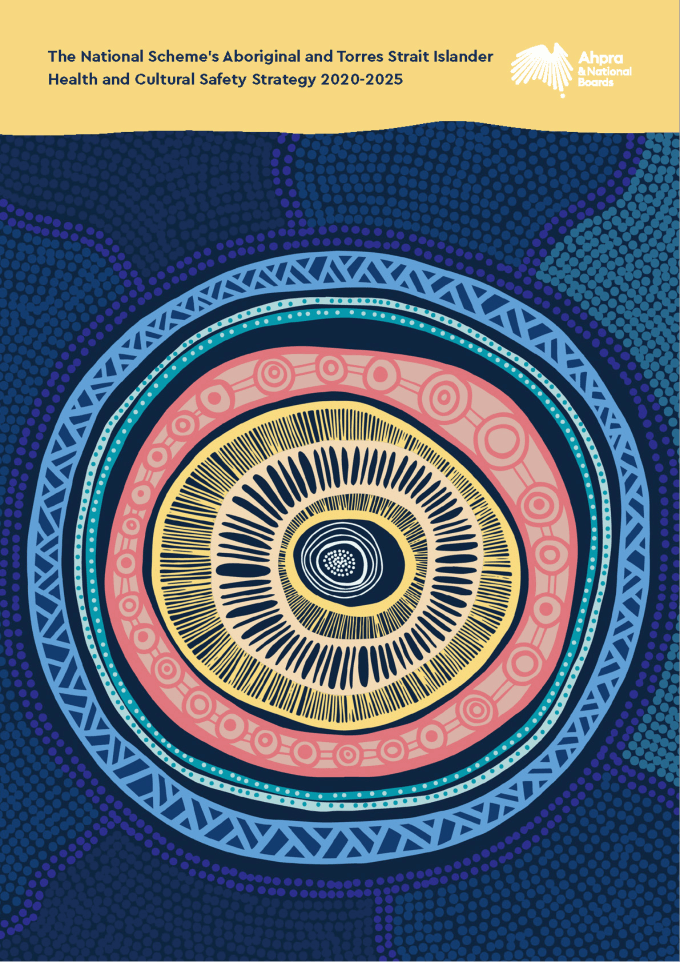What has happened
- The National Scheme is embedding threshold professional capabilities nationally across 15 health professions - from dental and medical, to physiotherapy and nursing and midwifery professions.
- These thresholds aim to improve our cultural safety, in line with the National Scheme’s Aboriginal and Torres Strait Islander Health and Cultural Safety Strategy 2020-2025.
- Each profession is drafting (or has developed) capabilities involving specific strategies. Some professions such as paramedicine, already have cultural safety strategies finalised within their professional capabilities.
- We (podiatry) have just had our draft document put out for public discussion via the Podiatry Board’s ‘Draft proposed threshold professional capabilities for podiatrists’.
The draft's scope
The professional capabilities in this draft document ‘identify the knowledge, skills and professional attributes needed to safely and competently practise as a podiatrist in Australia.’
Also: ‘They describe the threshold or minimum level of professional capability required for registration as a podiatrist.’
The cultural safety aspects of the draft document relate to being a professional and ethical practitioner, as well as a communicator and collaborator.
This is bigger than us
Importantly the draft document ties cultural safety in with other professional capabilities and gives it not just equal footing, but really foregrounds cultural capability as a fundamental skill of a podiatrist.
This is a great example of anti-racist action by the authors and a means to work towards ending systemic racism within our profession.
What stands out
There are a couple of points that podiatrists need to embed in our professional capabilities, such as:
Treat each patient with dignity and care
In the section on being a professional and ethical practitioner it says: ‘Treat each patient with dignity and care.’
We can do this by displaying culturally safe practice and recognising and respecting ‘Aboriginal and Torres Strait Islander Peoples' ways of knowing, being and doing.'
This should be done in the context of history, culture and diversity. Then we can affirm and protect these factors through ongoing learning in health practice.
It is an ongoing process
Ongoing learning is another important point in the document.
A take-home message for readers is that developing cultural safety is an ongoing process and certainly not something you get in a one-off workshop or short course.
Look within, and stay curious
Within the draft’s section on being a communicator and collaborator it says: ‘Examine and reflect on one’s own culture, influences, perceptions and interactions with others from different cultures.’
This has four components for podiatrists:
-
- ‘Understand the impact of systemic racism and recognise the influence of one’s own cultural identity on perceptions of and interactions with Aboriginal and Torres Strait Islander Peoples and people from other cultures.’
- ‘Recognise how the cultural diversity of the patient’s healthcare team can influence perceptions of, and interactions with, the patient and other members of the healthcare team.’
- ‘Recognise different forms of cultural bias and associated stereotypes that impact on Aboriginal and Torres Strait Islander health and practice in a culturally sensitive and inclusive manner.’
- ‘Recognise the role of history and relationships between Aboriginal and Torres Strait Islander Peoples and white Australian society and how this has affected the inequitable distribution of privileges.’
These are just a few examples from the draft document that help to map a way forward for our individual and collective development of cultural safety.




